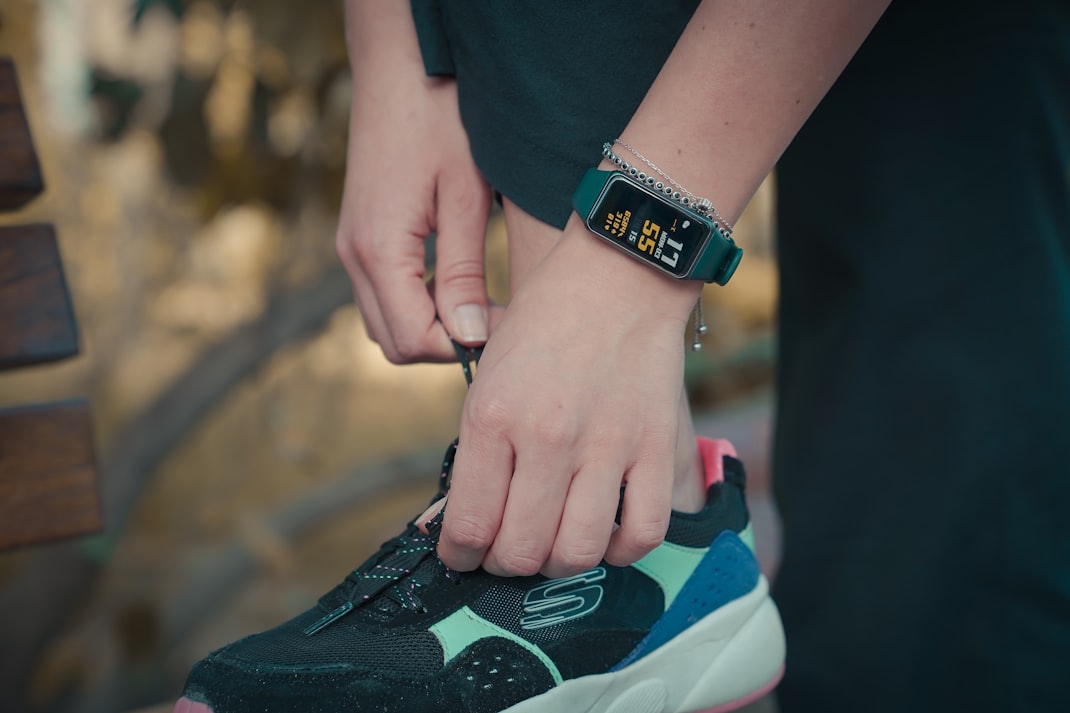Technology is revolutionizing soccer. From video assistant referees to smart soccer balls, the technologies improve on-field games. Soccer continues to capture the hearts of millions. As a result, there are calls for more innovative technology to enhance experiences. One such is the player tracker. Wearable GPS and tracking devices collect data based on different criteria. Then, provide insights for coaches to reduce injury risks and optimize player performance. Of course, its adoption is novel to some demographics. Unlike most technologies, its advantages outweigh the disadvantages. Let us explore how trackers are helping players get the best from their games.
What are Player Trackers?
A soccer tracker is a device that records and analyzes various aspects of a player’s performance. It uses GPS technology, advanced sensors, and data analysis algorithms to monitor metrics. The small, lightweight sensors are inside the back of athletes' bra-like garments under their jerseys or shin guards. Beyond use on the field, spectators and betting enthusiasts leverage them as metrics in top casinos to find the best win. If you are interested in this, the reputable website Wageringadvisors.ca compares best online casinos in Canada and discovered gamers analyze team form, head-to-head record, and individual player performance in the best casino before placing bets. A soccer tracker monitors the following:
-
Speed.
-
Acceleration.
-
Distance covered.
-
Decelerate.
-
Shooting accuracy.
-
Passing accuracy.
Player trackers use GPS to track the precise position of a player on the field. Some measure biometric data, such as stress, to identify the risk of injuries. Likewise, the systems check heart rate, body temperature, and hydration levels. By providing real-time data visualization, coaches use it to offer customized insights.
6 Benefits of Using a Soccer Tracker
GPS trackers have become popular in recent years. The tool is transforming how athletes and coaches approach the game. They provide an unprecedented level of data insights. At the same time, GPS enhances viewing experience and decisions. Take a look at how the integration is changing the soccer landscape below:
1.Performance Analysis and Tactical Insights
A soccer tracker provides real-time data on performance during training sessions and matches. For example, the distance covered, speed, and acceleration. With this, coaches test a player’s physical capabilities. Not only this, they identify areas for improvement. The technology records movement patterns for refining tactics. Trainers further use it to exploit an opponent’s weakness.
2. Training and Game Preparation
Players use data from the tracker to improve their training regimens. Individuals set performance goals and track their progress using predetermined fitness metrics. Together with the coaches, the team tailors their sessions to replicate different situations. Likewise, players use it to adapt to the physical demands of a pitch and match.
3. Evaluation and Injury Prevention
Clubs use data gathered over a long period to evaluate a player’s performance. More often than not, it comes into play during transfers and team selections. Scouts use the information to identify talents and potential prospects from different tiers. Similarly, coaches leverage them to decide substitutions and strategies based on real-time data. Monitoring player movements and physical loads reveals signs of fatigue. Hence, the device reduces injury risks by helping trainers decide on training loads. After an injury, athletes use tracking data to monitor their recovery process. In the end, players return to optimal performance with more ease.
4. Fan Engagement
Trackers provide up-to-date statistics and insights during and after matches. Broadcasters incorporate them into their coverage to give fans a deeper understanding. Meanwhile, individuals who prefer soccer gambling games in a Canadian online casino use it, too. Gamblers leverage data information to place bets. For example, a player’s recent goal-scoring trend, injuries, and form.
5. Player Development
Young players use data to identify areas of improvement. The youngsters understand that coaches monitor and review their output. As a result, the knowledge motivates them to push their limits. Not only this but to maintain high standards during matches and training sessions.
6. Referee Assistance
Technology has contributed to making the life of referees easier in many ways. The most prominent is the video assistant referee. Tracking data comes in handy for deciding contentious incidents. Examples include offside calls, foul play, and more.
Conclusion
Technology is improving our daily lives, and soccer is no exception. Cutting-edge GPS tracking devices and wearable sensors are transforming how players train. Coaches optimize training regimens by providing real-time data on movements and physical conditions. Likewise, trainers reduce injury risks and enhance team performance. Outside official use, fans use it to analyze statistics for slots and sports betting. From commentators to players and coaches, analytics is making soccer more data-driven. As technology advances, soccer will become more sophisticated in the coming years—innovations to look out for include ball-tracking systems, AI, and biometric monitoring.



















